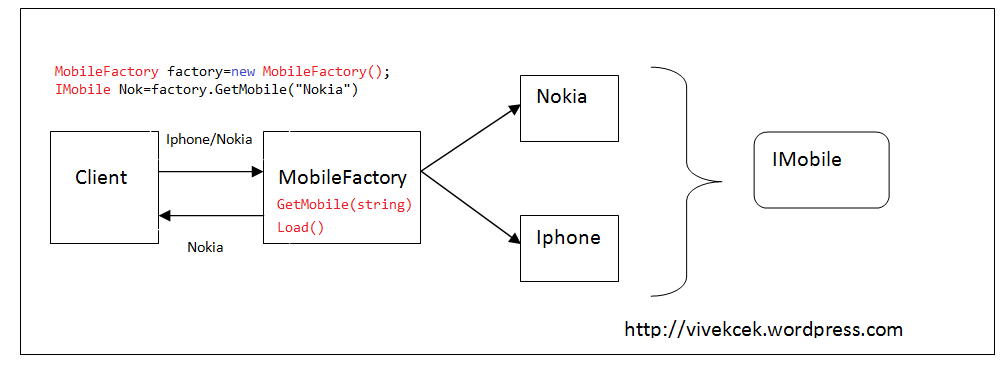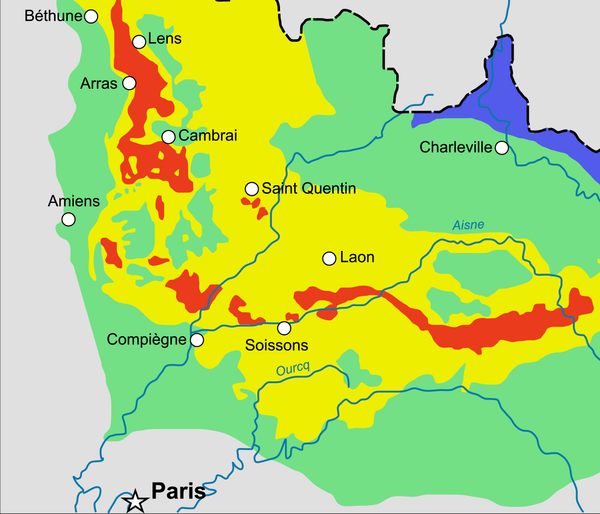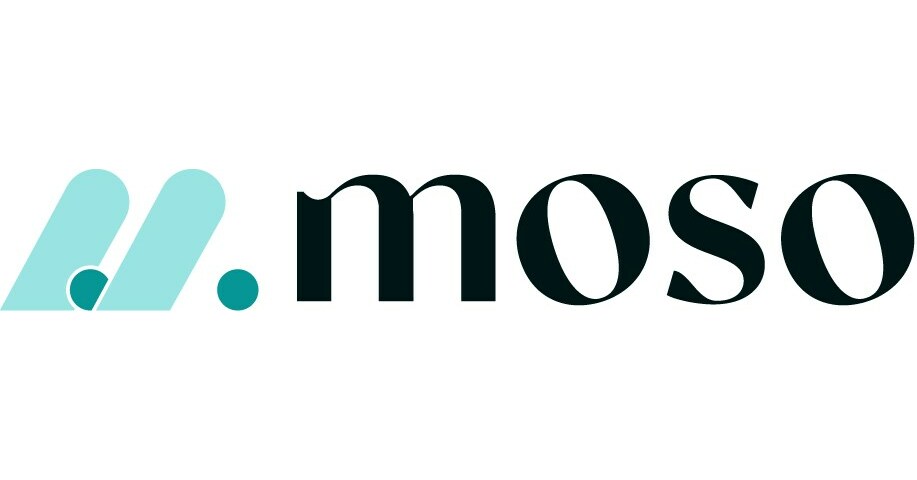
IPv4 vs. IPv6 FAQ · Tailscale
According to the history article on ARIN, IPv6 design began in the mid-1990s and the first IPv6 draft standard was published in 1998. The first public IPv6 address assignments were made in 1999, officially beginning the rollout process.
IPv6 has several advantages, including a much larger address space. IPv4 had only 232 addresses, less than one per person on earth. IPv6 has 2128 addresses, an immensely larger number which is not expected ever to be exhausted. Estimates are that this is enough to assign 100 IPv6 addresses to every atom on earth.
IPv6 also has a header that is easier for machines to parse; a more straightforward extensibility mechanism; and a more carefully considered approach to multicast, based on decades of experience with IPv4.
On the other hand, IPv6’s main disadvantages are additional complexity compared to IPv4, longer addresses that are hard to memorize, and an unfortunately slow rollout process that has still not completed, more than 20 years later.















